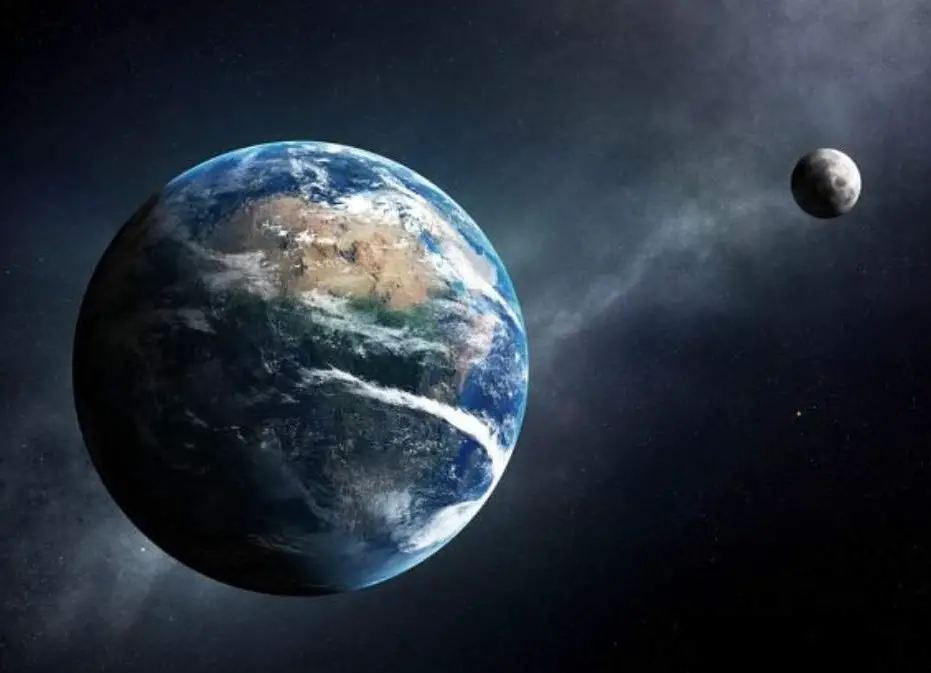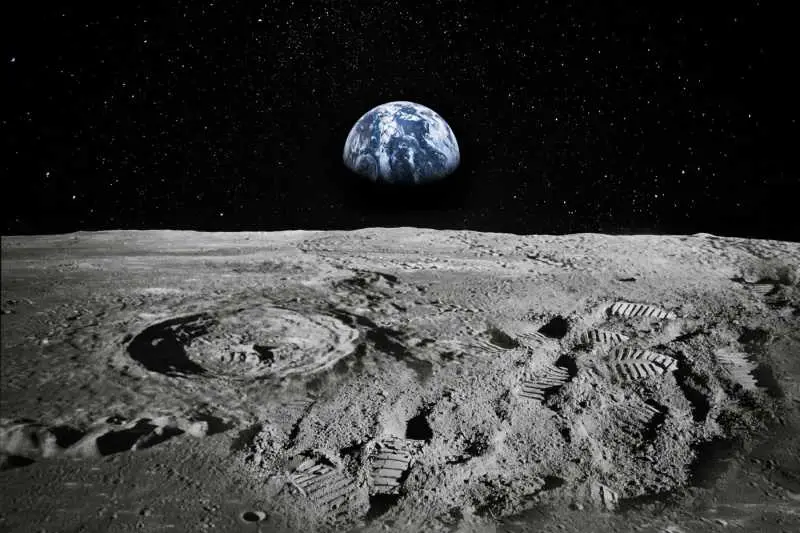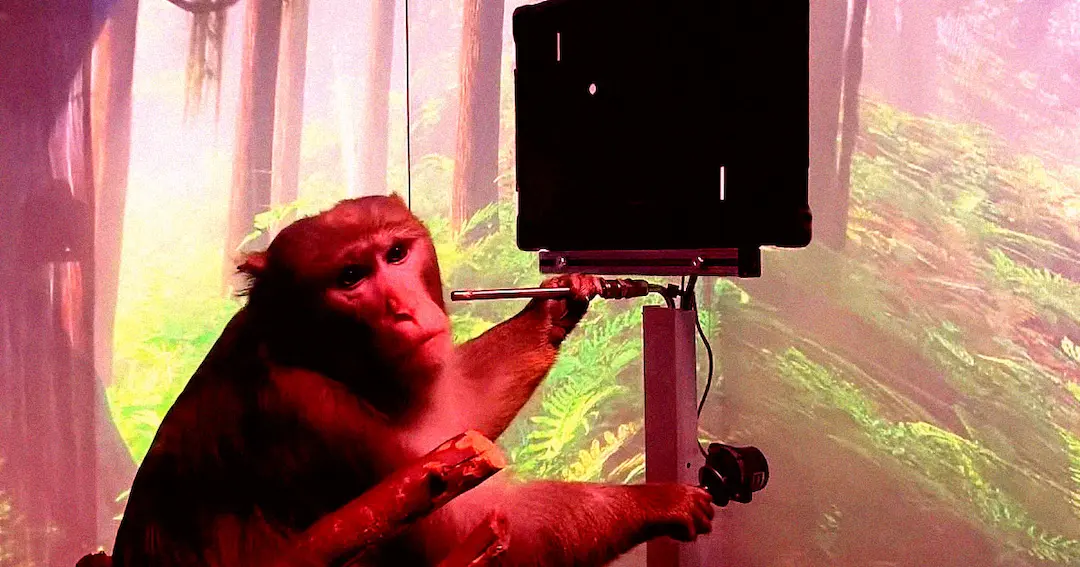Moon is moving away from Earth at a rate of 3.8 cm per year: Will the Earth survive without the moon?

- The Moon is moving away from Earth at a rate of 3.8 centimeters per year, driven by tidal forces.
- Earth’s rotation, tides, and climate stability could face significant changes without the Moon’s influence.
- Scientists use lunar laser ranging to track the Moon’s gradual retreat with pinpoint accuracy.
A Celestial Dance Growing Distant
The Moon, Earth’s shimmering beacon in the night sky, has inspired awe, guided ancient calendars, and shaped life for billions of years.
But beneath its tranquil glow lies a startling truth: our closest celestial neighbor is slowly drifting away.
Moving at a steady pace of 3.8 centimeters (1.5 inches) per year, the Moon’s retreat is imperceptible in a human lifetime but profound over geological epochs.
What does this mean for Earth? Could our planet survive without its lunar companion?
The answers lie in a cosmic interplay of gravity, tides, and time, with consequences that ripple across our world’s environment, ecosystems, and even the length of our days.
This phenomenon, driven by the intricate gravitational dance between Earth and Moon, raises questions about the future.
Scientists are piecing together clues from ancient rocks, cutting-edge laser experiments, and theoretical models to unravel how the Moon’s departure could reshape our planet.
Let’s explore this slow-motion cosmic breakup and peer into a future where the Moon’s influence fades.
How We Know the Moon Is Leaving
The Moon’s retreat isn’t a hypothesis—it’s a measurable fact, thanks to one of humanity’s most ingenious experiments.
During the Apollo missions of 1969 to 1972, astronauts placed retroreflectors—specialized quartz mirrors—on the lunar surface.
These devices reflect laser beams sent from Earth, allowing observatories like the McDonald Observatory in Texas to measure the Earth-Moon distance with millimeter precision.
By timing how long it takes for a laser pulse to return, scientists have confirmed the Moon’s drift at a steady 3.8 centimeters annually.
This lunar laser ranging, conducted for over five decades, provides a clear picture of the Moon’s trajectory. But why is it moving away? The answer lies in the tides that ebb and flow across Earth’s oceans.

The Tidal Tug-of-War
The Moon’s gravity pulls on Earth’s oceans, creating tidal bulges on the planet’s near and far sides.
Because Earth rotates faster than the Moon orbits—completing a rotation in 24 hours compared to the Moon’s 27.3-day orbit—these bulges are slightly misaligned, dragged forward by Earth’s spin.
This misalignment creates a gravitational tug that accelerates the Moon, nudging it into a higher, more distant orbit.
In return, Earth’s rotation slows, lengthening our days by about 2.3 milliseconds per century.
This exchange of angular momentum is a fundamental law of physics at work.
As Earth loses rotational energy, the Moon gains orbital energy, inching farther away. Billions of years ago, when the Moon was much closer, this tidal interaction was far more intense, shaping a radically different Earth.
Earth’s Lunar Past
The Moon hasn’t always been 384,400 kilometers (238,855 miles) away. Scientists believe it formed roughly 4.5 billion years ago after a Mars-sized body, dubbed Theia, collided with the proto-Earth.
The debris from this cataclysm coalesced into the Moon, which initially orbited as close as 22,500 kilometers.
Back then, it loomed massive in the sky, and tides may have surged hundreds of meters high.
Geological evidence supports this dramatic history. Ancient tidal rhythmites—layered sedimentary rocks in places like Australia’s Karijini National Park—reveal tidal patterns from 2.5 billion years ago.
Fossil corals from 400 million years ago show growth rings indicating a year had 420 days, meaning Earth spun faster and days were shorter.
These clues confirm the Moon was once much closer, and its retreat has been a slow, steady process.

What If the Moon Disappears?
Imagine a world where the Moon no longer graces the night sky. While the Moon won’t vanish entirely, its increasing distance will weaken its influence over time.
What would Earth be like without its lunar companion? The consequences span from subtle to staggering, affecting everything from timekeeping to ecosystems.
Longer Days, Slower Spin
Without the Moon’s tidal drag, Earth’s rotation would slow dramatically.
In 200 million years, days could stretch to 25 hours, and in billions of years, a day might last 47 of our current days.
This slowdown could disrupt daily cycles for plants and animals, altering biological rhythms adapted to a 24-hour day.
Weaker Tides, Altered Ecosystems
The Moon drives Earth’s tides, with the Sun contributing about 46% of the effect.
Without the Moon, tidal ranges would shrink significantly, impacting coastal ecosystems.
Intertidal zones, where marine life thrives in the rhythm of high and low tides, would diminish.
Species like crabs, mussels, and shorebirds could face habitat loss, disrupting food webs and biodiversity.
Climate Chaos and Axial Wobble
The Moon stabilizes Earth’s axial tilt, which varies between 22.1 and 24.5 degrees over 41,000 years.
Without this gravitational anchor, Earth’s tilt could swing wildly, potentially between 0 and 85 degrees, like Mars.
Such instability would trigger extreme climate shifts, making seasons unpredictable and potentially inhospitable for complex life.
The Moon’s role in maintaining Earth’s climate stability has been critical for life’s evolution.
| Rate of Retreat | 3.8 cm (1.5 inches) per year |
| Cause | Tidal forces and angular momentum transfer |
| Measurement Method | Lunar laser ranging via Apollo retroreflectors |
| Day Length Increase | 2.3 milliseconds per century |
| Future Day Length (200M years) | ~25 hours |
| Moon’s Formation | Giant impact, ~4.5 billion years ago |
| Initial Distance | ~22,500 km (14,000 miles) |
| Current Distance | ~384,400 km (238,855 miles) |
| Stabilizes Earth’s Tilt | Prevents extreme climate shifts |
The Moon’s Cosmic Legacy
Beyond its physical influence, the Moon holds profound cultural significance.
Ancient civilizations used its phases to craft calendars, track seasons, and guide agriculture.
From myths of lunar deities to modern space exploration, the Moon shapes human imagination.
If it fades from view, would humanity lose a piece of its soul? The absence of lunar eclipses—possible in 600 million years when the Moon is too distant to fully cover the Sun—would rob us of a celestial spectacle.
A Future Without the Moon?
Looking ahead, the Moon’s retreat raises intriguing possibilities. In about 50 billion years, Earth and the Moon could become tidally locked, with Earth showing the same face to the Moon as the Moon does to us.
Days and months would synchronize, lasting roughly 47 current days. But this distant future may never arrive—the Sun is expected to expand into a red giant in 5 billion years, potentially engulfing both Earth and Moon.
Yet, the Moon’s slow departure isn’t just a story of loss. NASA’s Artemis program plans to establish lunar bases by the late 2020s, turning the Moon into a stepping stone for Mars and beyond.
Could humanity harness the Moon’s resources before it drifts too far? Might we one day engineer solutions to preserve its stabilizing influence?
Watch: 45 amazing moon facts you probably didn’t know
As scientists probe ancient rocks and beam lasers to the lunar surface, they uncover a story billions of years in the making—one that invites us to wonder: what will Earth become as the Moon drifts into the cosmic distance?
The answer lies not just in science, but in the curiosity that drives us to look up and dream.



































